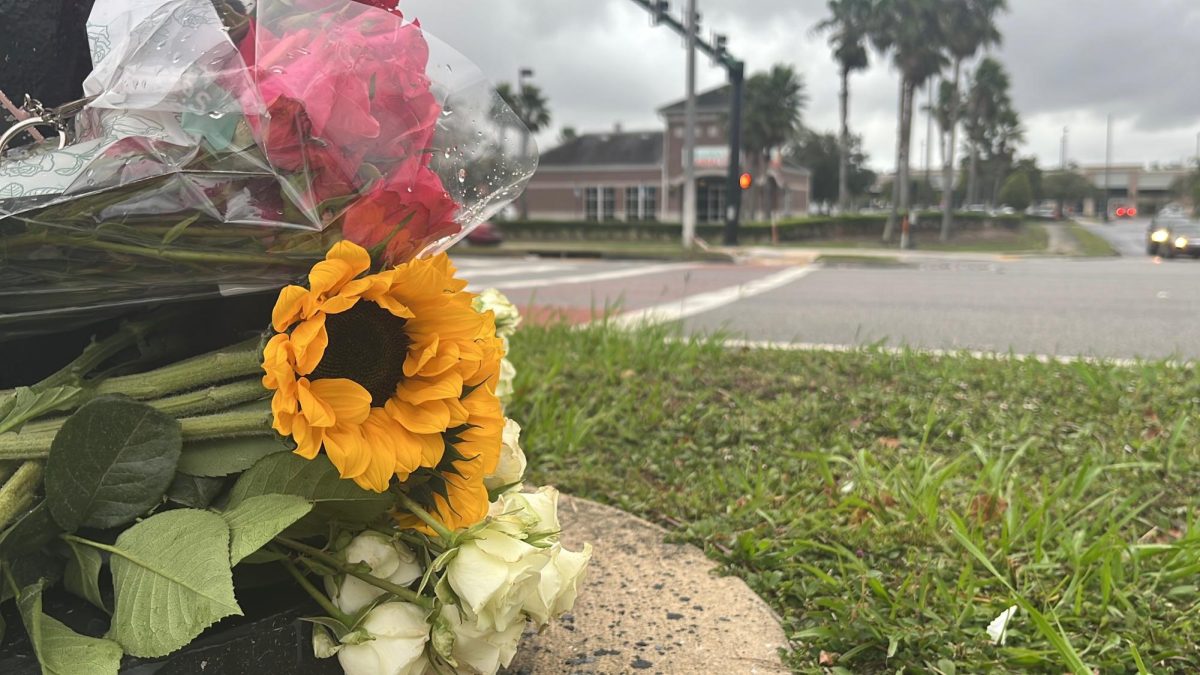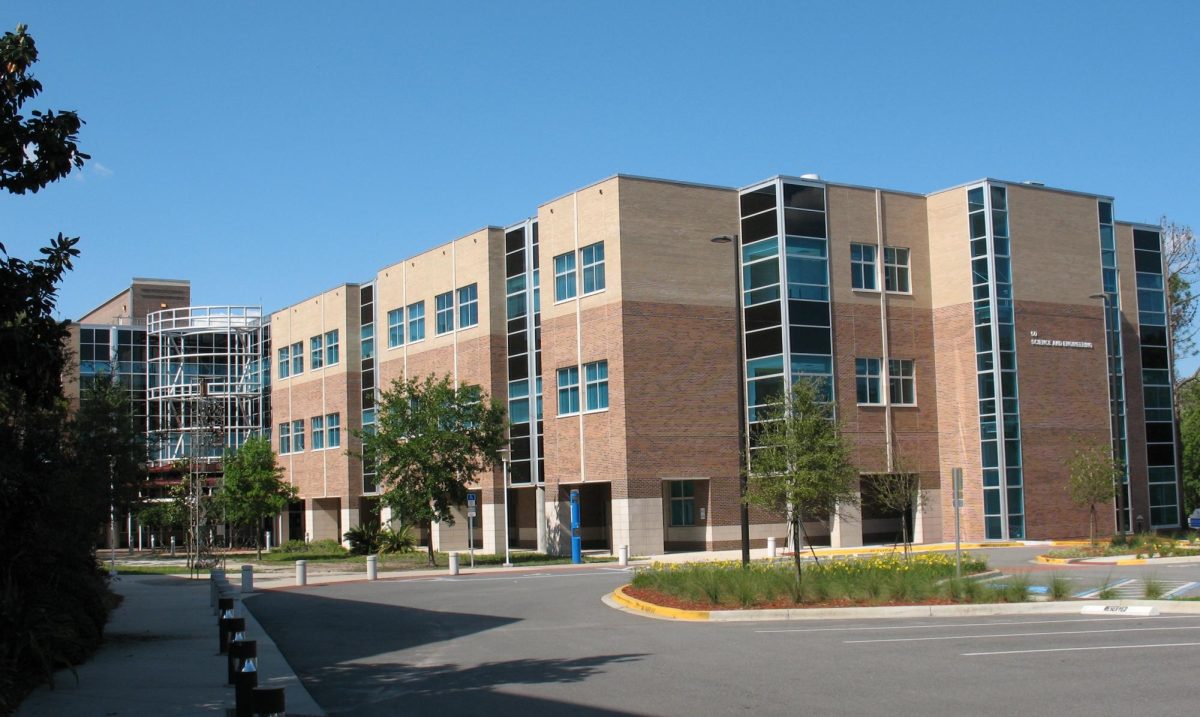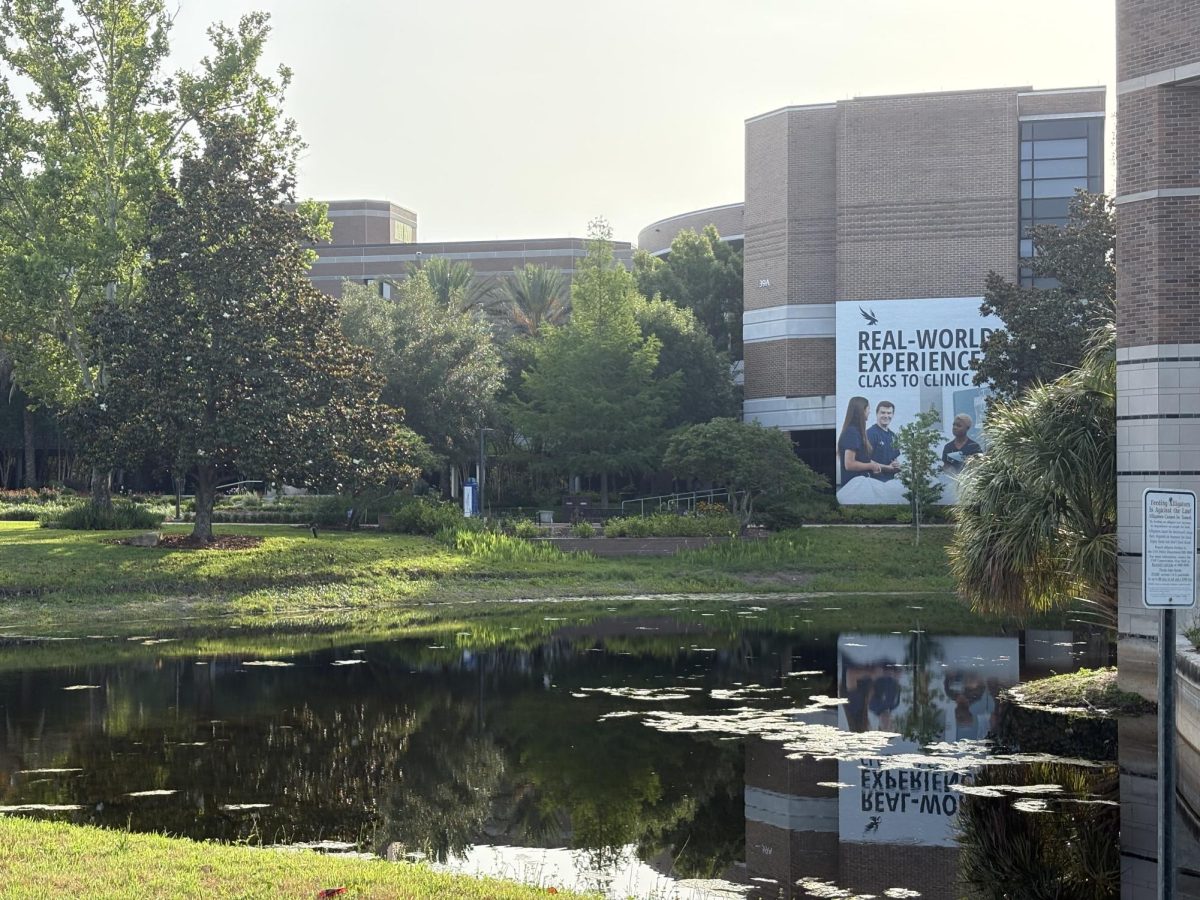The second annual St. Johns River Report was released Aug. 28 by researchers and faculty from both UNF and Jacksonville University.
The report was funded through the City of Jacksonville’s Environmental Protection Board. The research for it began in Nov. 2008 and was finished in July.
Unlike last year’s report, which only included research from the main channel, the 2009 report includes research from another 20 tributaries of the river.
“When you look at the report, you can turn it to your specific part of the river,” said Radha Pyati, director of the UNF Environmental Center, and co-lead principal investigator for the project.
Research discoveries
Nutrient levels, including nitrogen and phosphorous, are unacceptably high and oxygen levels are low in the tributaries’ shallow areas, Pyati said.
Metals like copper are also especially high. It is possible that heavy rains could help flush them out of the river, he said.
Copper is a naturally occurring trace element, but in high amounts can be toxic.
Though the copper concentration is higher than normal, it does not appear to be increasing, according to the report.
There port also revealed that low oxygen levels can stress and possibly kill aquatic animals.
These low oxygen areas are in part caused by algal blooms, a toxic algae harmful to people and animals.
Algal blooms form when in the presence of unusually high concentrations of nutrients, like nitrogen and phosphorous that come from fertilizers.
The report also advises limited consumption of most fish taken from the St. Johns River, about one to eight meals a month, and doesn’t recommend the consumption of shark or king mackerel.
Collegiate involvement
One of the best ways college students can help the St. Johns River’s health is to conserve water, Pyati said.
“[Students] should conserve water because it is a limited resource,” said Teresa Monson, spokeswoman for the St. Johns River Water Management District.
Monson said an alternative water supply, like desalination, is very expensive and difficult to produce.
When college students become homeowners, they might not be able to afford their water bill, and this could be a reason the young professional chooses against Jacksonville as their career city, she said.
People that have lawns should also use fertilizer responsibly and consider using a slow release fertilizer, Pyati said.
Slow release fertilizers are available at plant nurseries and garden centers throughout the city, and if lawn services began using them, it would have a greater effect on the river, he said.
UNF President John Delaney called the project “a great collaboration.”
From JU, Derek Hall, vice president of University Relations, said it was a good idea to bring in experts from both universities.
Hall added that JU’s location on the river, coupled with its marine science program, make it a great place to conduct research.
“[We have researchers] always out on the river,” he said.
JU researchers mainly focused on aquatics, wetlands, fisheries and sediment contaminants, Pyati said.
The full report can be viewed online at sjrreport.com.
Problems with the St. Johns River
• Excessive Nutrients
• Harmful algal blooms
• Low diversity
• Fecal coliform bacteria in tributaries
• Introduces exotic species increasing
Source: St. Johns River Report











